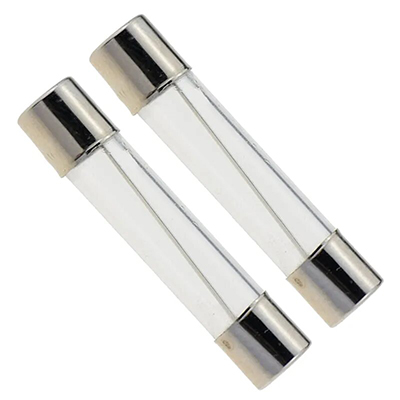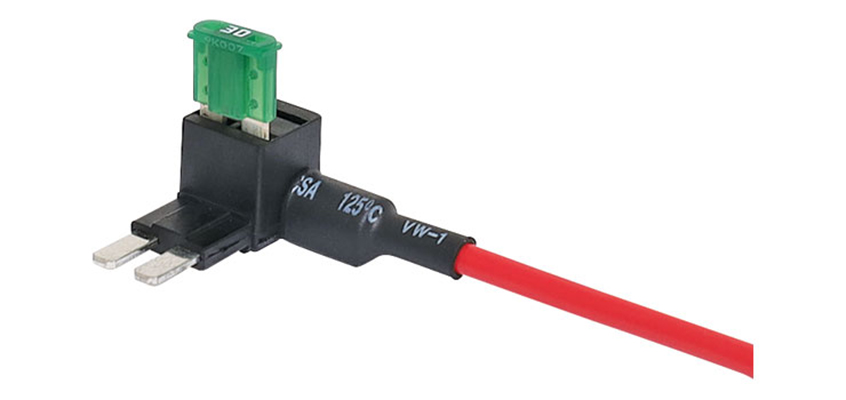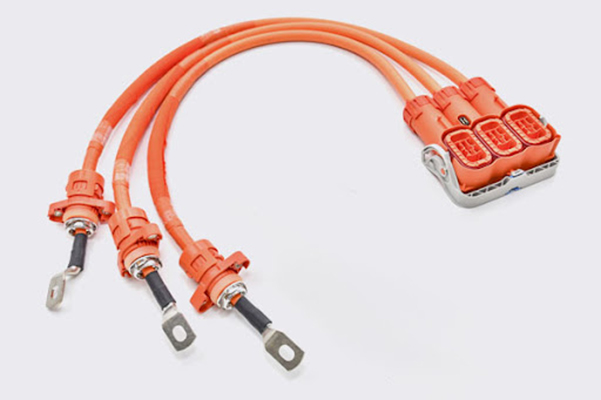Detailed Overview of the Functionality and Benefits of Automotive Glass Fuses in 24V Vehicle Electrical Systems
News 2025-10-27
Automotive glass fuses are critical components in vehicle electrical systems, particularly in 24V setups commonly found in trucks, buses, and heavy machinery. These fuses protect circuits by breaking the connection when excessive current flows, preventing damage to wiring and components. In 24V systems, they handle higher voltage demands while ensuring reliability in demanding environments. Understanding their role helps in maintaining vehicle safety and efficiency, as they safeguard against short circuits and overloads that could lead to fires or system failures.

Applications in Automotive Systems
In 24V vehicle electrical systems, automotive glass fuses are used in various applications such as lighting, engine control units, and auxiliary power systems. For instance, they protect headlights and taillights in commercial vehicles, ensuring that a fault in one circuit does not affect others. Additionally, in battery management systems, these fuses prevent overcurrent in charging circuits, which is crucial for electric and hybrid vehicles. Their compact size allows easy integration into tight spaces, making them ideal for modern automotive designs where space and weight are critical factors.
Performance Advantages
Automotive glass fuses offer several key advantages in 24V systems, including fast response times to overcurrent events, which minimizes potential damage. They provide precise current ratings, allowing for tailored protection in different vehicle components. Moreover, their transparency enables visual inspection for easy fault detection, reducing downtime during maintenance. Constructed from durable glass and metal, these fuses resist vibration and temperature fluctuations common in automotive environments, ensuring long-term performance and cost-effectiveness in protecting high-voltage systems.
Frequently Asked Questions
1. What is an automotive glass fuse?
It is a protective device made of glass tubing with a metal wire that melts to break the circuit during overcurrent situations, commonly used in vehicle electrical systems.
2. How does it function in 24V systems?
In 24V setups, it interrupts excessive current flow by melting the internal wire, thus safeguarding components like motors and lights from damage due to electrical faults.
3. What are the main benefits of using them?
They offer quick response to faults, easy visual inspection, and reliable protection against overloads, enhancing the safety and longevity of 24V vehicle electrical systems.


